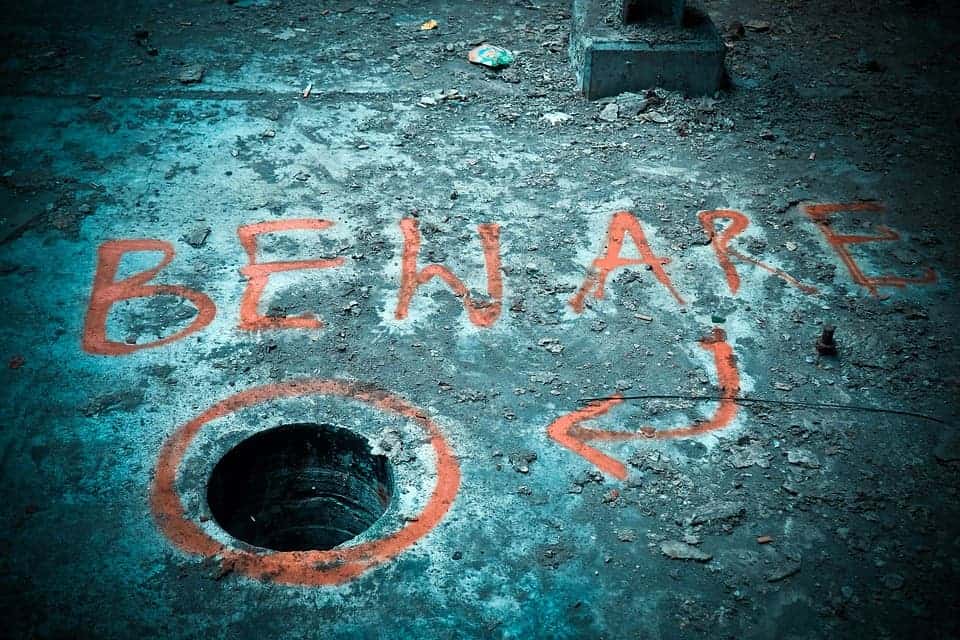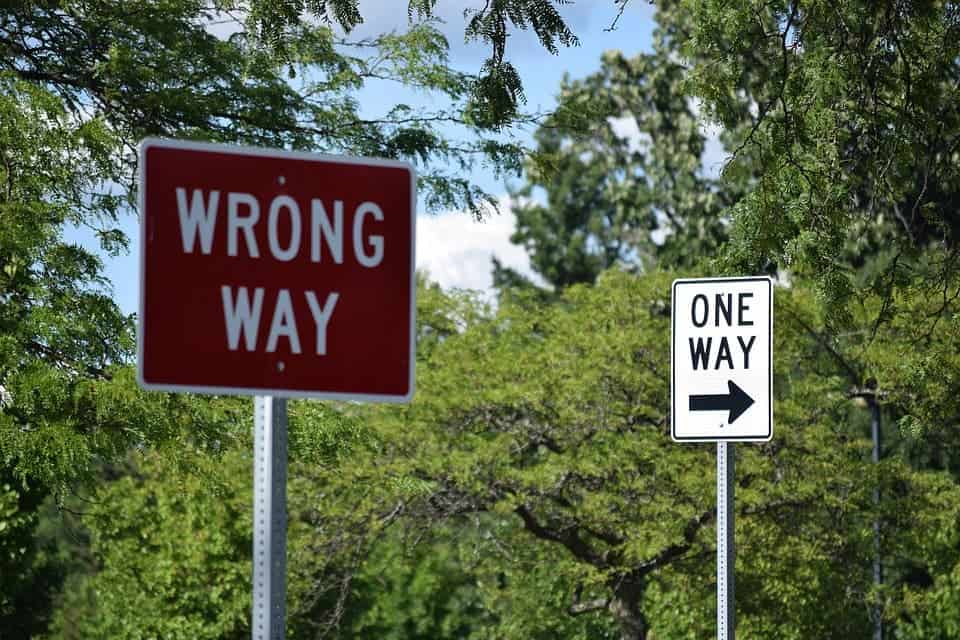Over 15,000 scientists from 184 countries around the world have signed the second ‘Warning to Humanity,’ urging for decisive action to preserve the planet that keeps us alive.

The “World Scientists’ Warning to Humanity: A Second Notice,” signed by 15,372 researchers from various scientific disciplines, is believed to be the largest-ever formal support shown by scientists for a journal article. Among its signatories are leading figures such as Jane Goodall, E.O. Wilson, and James Hansen.
The world, but worse
“Second Notice” brings the original “World Scientists’ Warning to Humanity” up to speed, a document released back in November of 1992, exactly 25 years ago. The first warning was signed by 1.700 scientists, including most of the living Nobel Prize science winners at the time. It warned that humanity’s adverse effects on the environment put “the future what we wish for human society” at “serious risk”, and detailed what were the most worrying trends at the time.
Tragically, however, the first Warning went largely unnoticed. It was a less connected society, with no blogs or newsfeeds on your smartphone, and large media outlets largely ignored the document at the time. Now, 25 years after that unheard warning, the scientific community is trying to bring our attention back to the issues that really matter.
“We did the update because we wanted to let the public know where we stand today,” said William Ripple, an ecologist at Oregon State University and co-author the “Second Notice” article.
Where they stand is firmly in the “this is not good” corner. With few exceptions, the trends laid out in the first Warning have only gotten worse over the last 25 years.
[panel style=”panel-danger” title=”Over the last 25 years:” footer=””]
- The amount of available freshwater per capita has gone down by 26%.
- The number of ocean dead zones has increased by 75%, almost doubling over this time.
- Almost 300 million acres of forest were lost in the same time window.
- CO2 emissions have increased by 62%.
- Global temperature has increased by 29%.
- Vertebrate wildlife abundance has dropped by 29%.
[/panel]
“These are alarming trends. We need the services provided by nature for our own survival,” Ripple adds.
“We are hoping that our paper will ignite a widespread public debate about the global environment and climate.”
Humanity still depends on nature to a humbling degree for our needs. We receive between $125-145 trillion USD every year in the shape of goods and services — oxygen, drinkable water, raw materials, but also stuff like free pollination, water purification, carbon storage — from the environment every year. These dwarf anything we’re bringing to the table since we’re basically extracting, using, and dumping the things nature provides. Not to mention that we’d die a few seconds without the oxygen our environment is still sole supplier of.
As populations increase — the world’s population has increased by 2 billion people (35%) since 1992 — these services are being pulled increasingly thin, the article notes.
It’s not just consumption that’s straining them, however. What people often forget is that every plant and animal, every species has a role to play in keeping that mechanism running. Less forest surface, for example, reduce nature’s ability to produce oxygen and sequester carbon. Less biodiversity in those forests mean they’ll be more brittle and less able to adapt to the very changes we’re causing, such as climate change.
Righting wrongs

While focus of the article wasn’t to look just at climate change, rather on all the ways humanity is trying to shoot itself in the foot on Earth, the document does urge everyone to move away from fossil fuels — at the same time as scientists in Bonn are warning that emissions are likely going to rise after three years of stability.
“Climate change is here. It is dangerous. And it is about to get much worse,” said Johan Rockström, executive director of the Stockholm Resilience Centre, an international centre for sustainability science, in a statement.
The Second Notice lists a number of measures that would help halt environmental degradation, including creating more parks and nature reserves, curbing wildlife trade, shifting to plant-based diets, expanding family planning and educational programs for women, and massively adopting renewable energy and other green techs. Ultimately, the authors suggest that public pressure on political leaders to take make the right choices is our final line of defense.
“Working together […] we can make great progress for the sake of humanity and the planet on which we depend,” the article concludes.
There is, however, one point of hope. The ozone layer is healing, the paper notes, following the concerted efforts of countries that signed the UN’s Montreal Protocol in 1987, a document that banned the use ozone-damaging chemicals. It goes to show that when working together, we can surmount apparently insurmountable odds.
But we have to take action before it’s too late. The Earth is a massive system, and it has the inertia to match. The problems mentioned in this document won’t be fixed overnight, and any day we delay might be the day that breaks the Paris Agreement’s back. Currently, the “Second Warning” notes, the growing use of renewable energy is a positive trend in our planet’s health. One which we should pursue, along with those identified in the article, as long as we want to have a nice planet for us and our grandchildren to live on.
I definitely do. For mine and everyone else’s.
The paper “World Scientists’ Warning to Humanity: A Second Notice” has been published in the journal BioScience.


